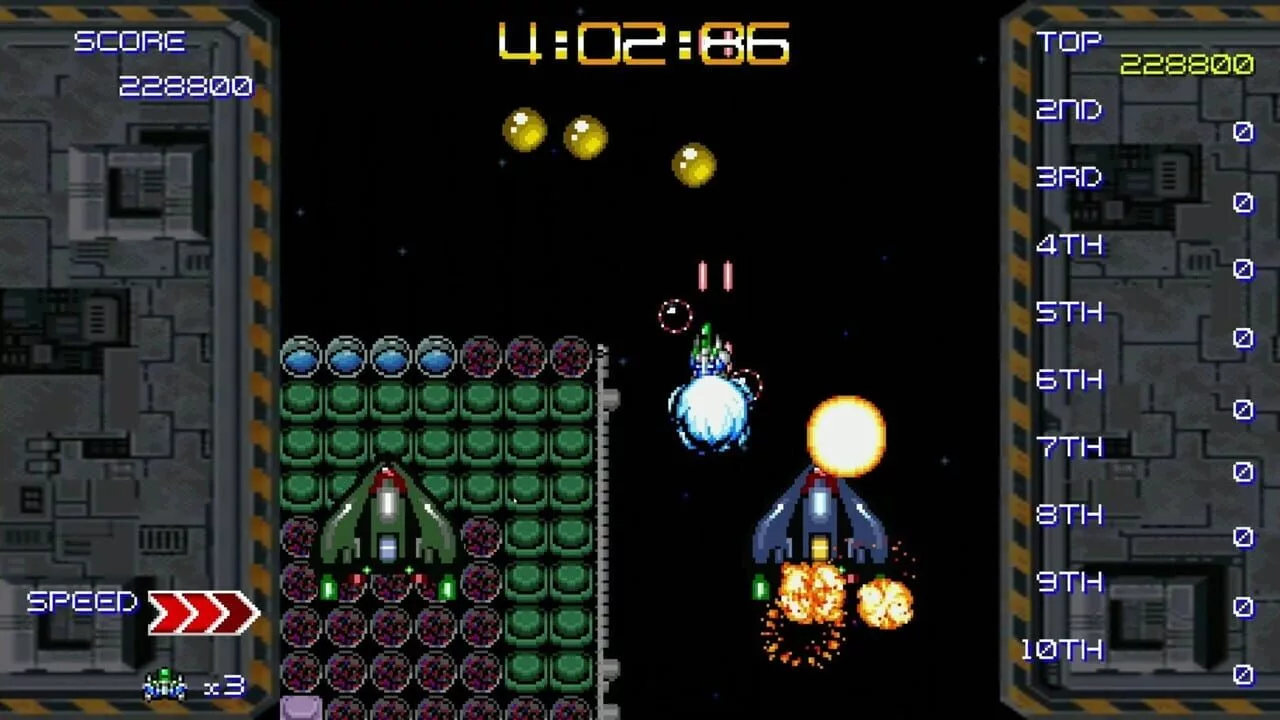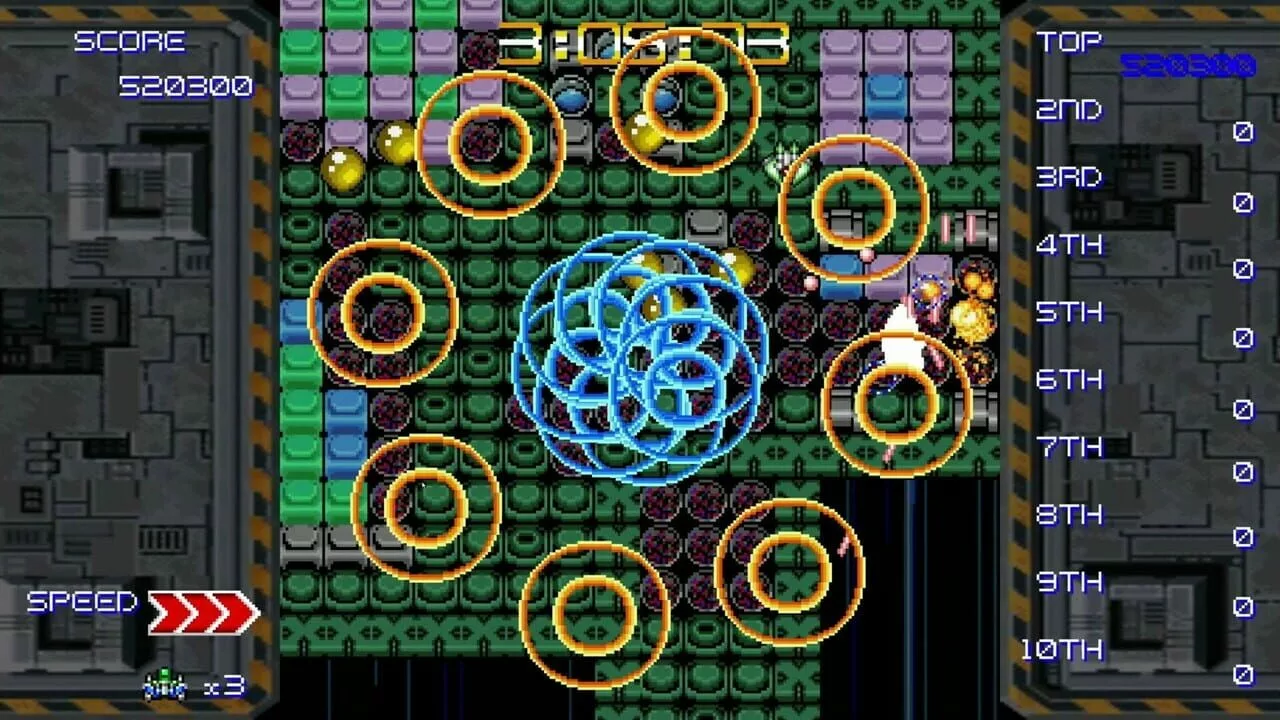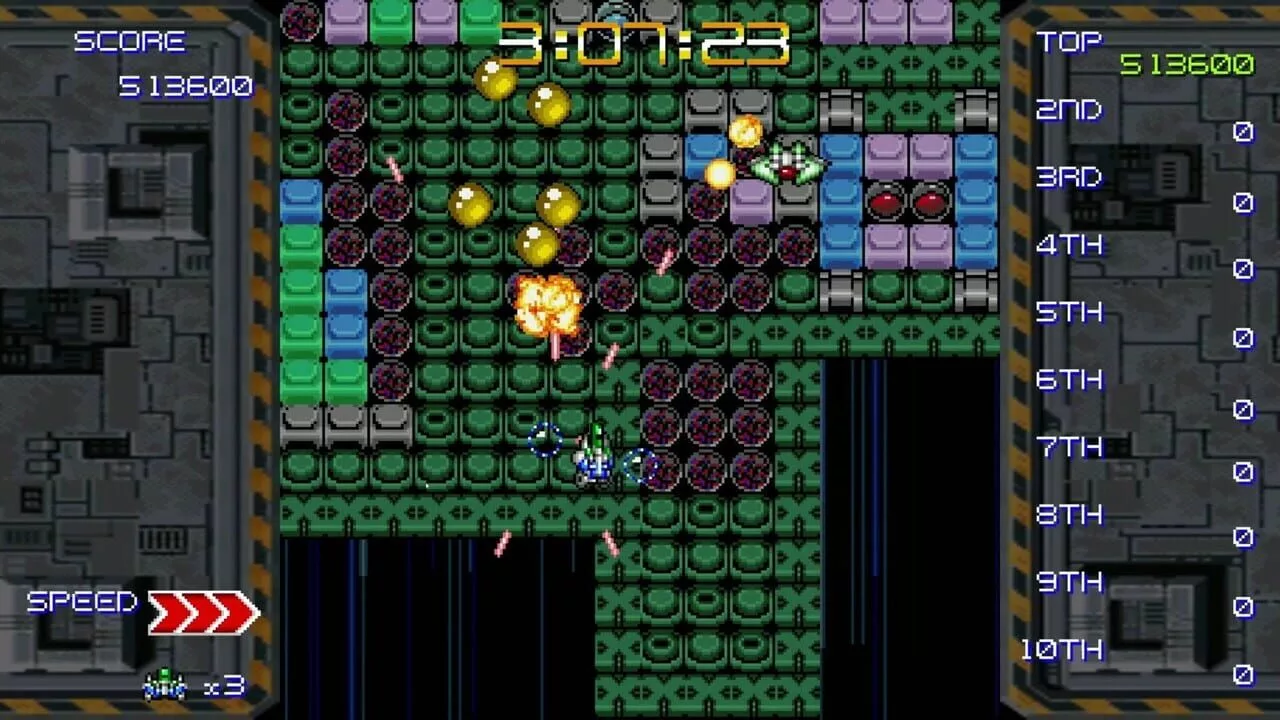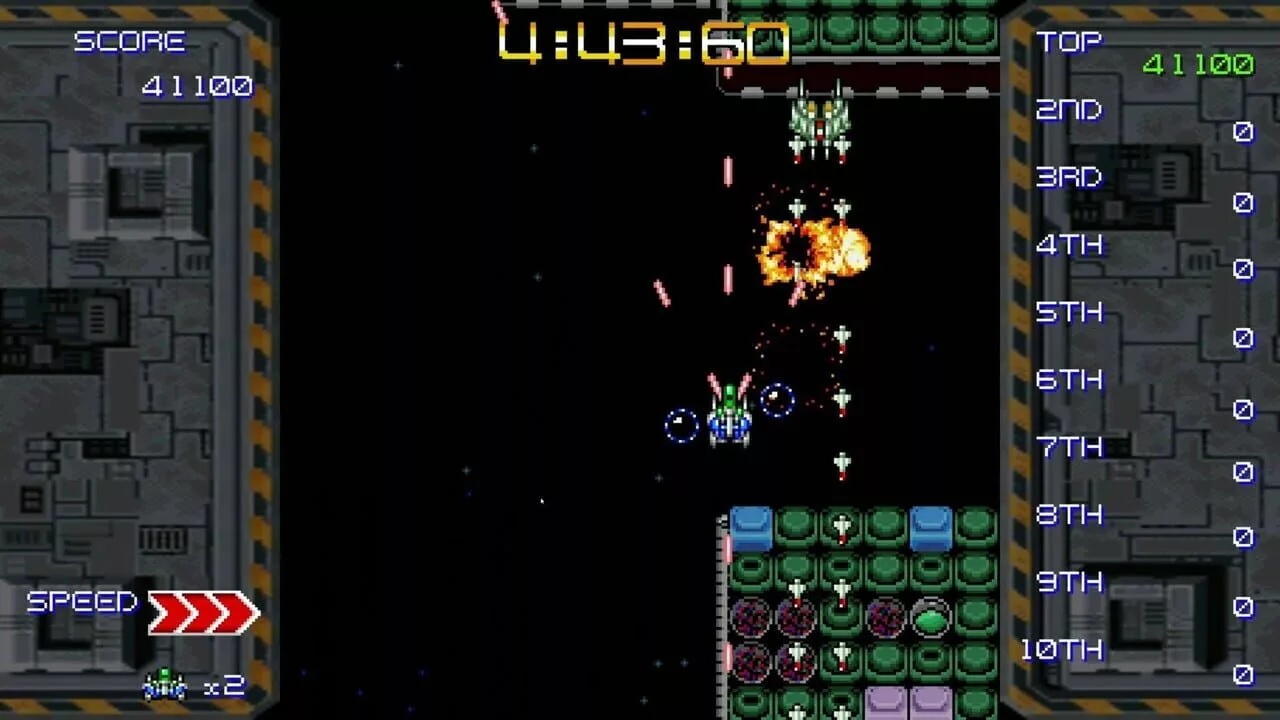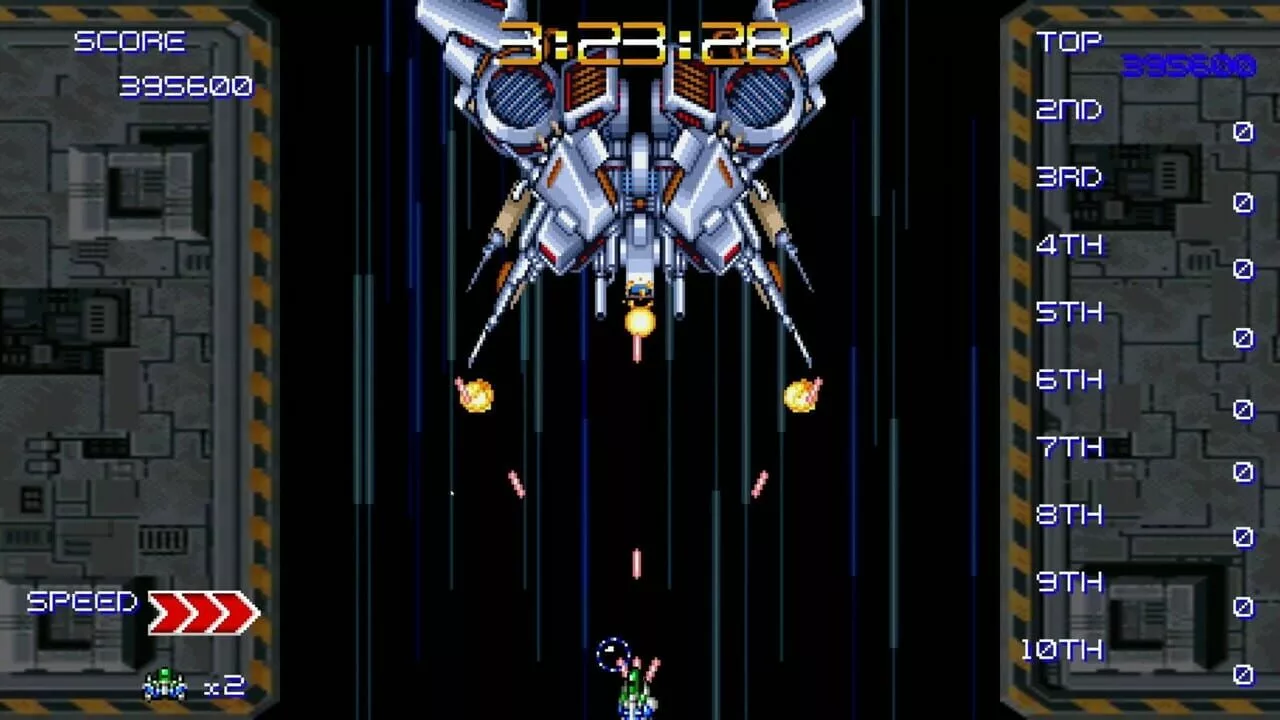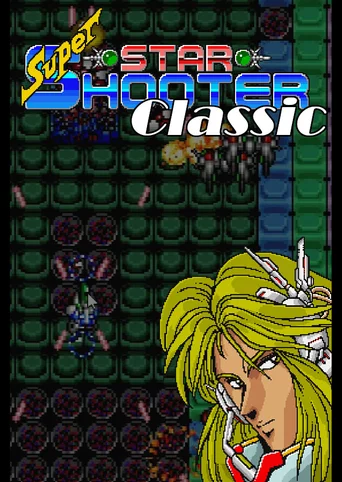
Super Star Shooter Classic (1991)
Genres:Arcade
Themes:Action
Story:"Super Star Shooter" is a classic vertical-scrolling shooter game that combines nostalgic pixel art and high-speed combat. Control your spaceship and save the galaxy by defeating enemies one after another!
Vote to bring this game to GOG and help preserve it.3

Fantasy ZoneThe Fantasy Zone is a solar system consisting of eight brightly colored, fantastic planets. The evil Menons are trying to take over all of the planets in the Fantasy Zone by using misappropriated foreign currency to build their forces. It is the player's job to recover all of the coins and save the solar system!
Fantasy Zone is an arcade style shooter for one or two players. The goal is to destroy all of the creatures on each planet and collect as many of the lost coins as possible. At the end of each level is a large enemy that will have to be defeated before moving on to the next world. At various points in the game, the player will be able to find a parts shop, which allows purchasing improvements for his spaceship, including better weapons and faster engines.Action Science fiction
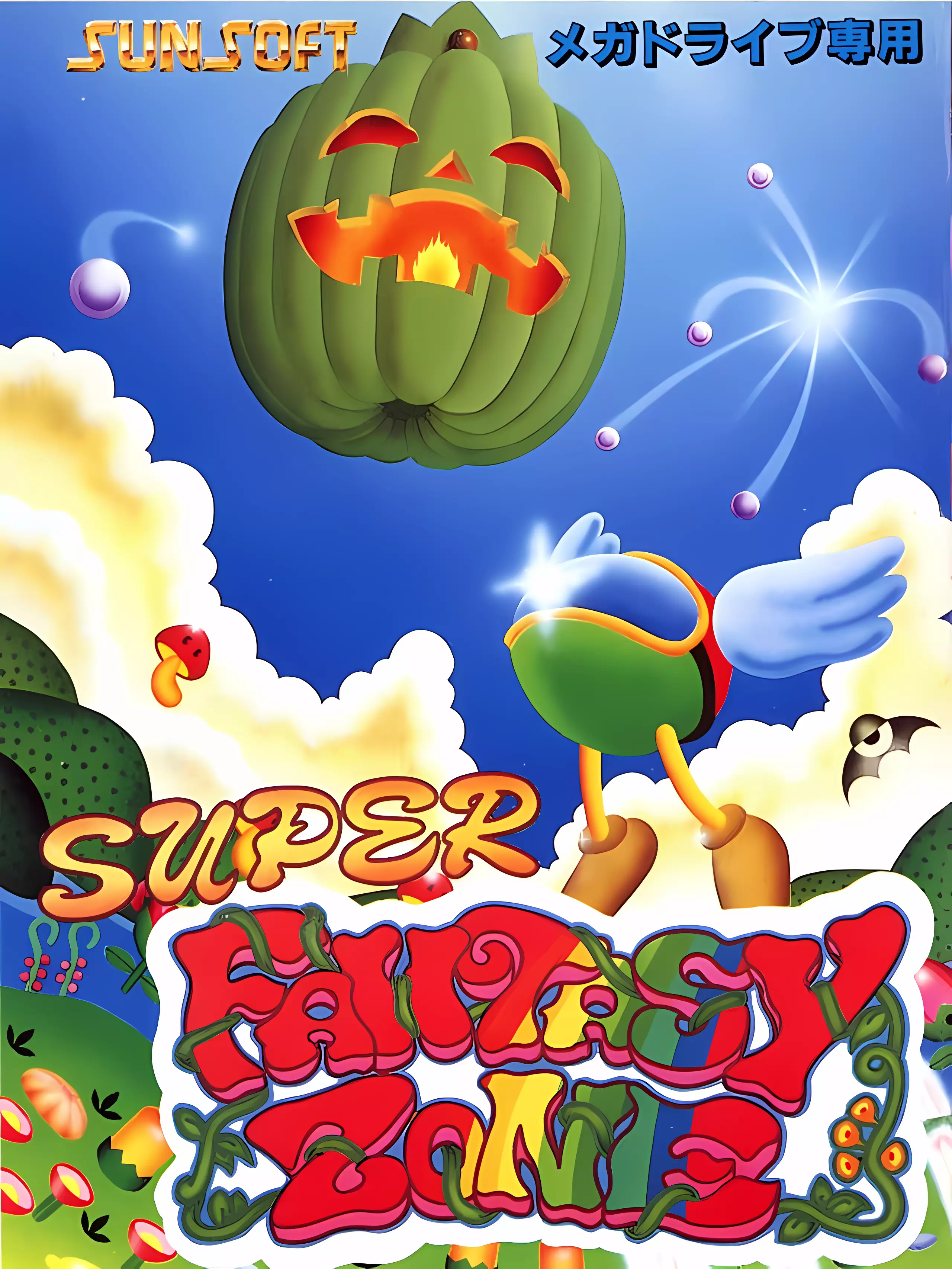
Super Fantasy ZoneSuper Fantasy Zone is an entry in the Fantasy Zone series of games, and was initially released in 1992 for the Sega Mega Drive. Unlike previous outings, Super Fantasy Zone was handled entirely by Sunsoft (under license from Sega), who had previously brought Fantasy Zone and Fantasy Zone II to the Nintendo Famicom.
For unknown reasons the game was not released in cartridge form in North America, but is currently unconfirmed as being a Sega Channel title. It eventually saw a more widespread release as part of the Wii's Virtual Console service.Science fiction
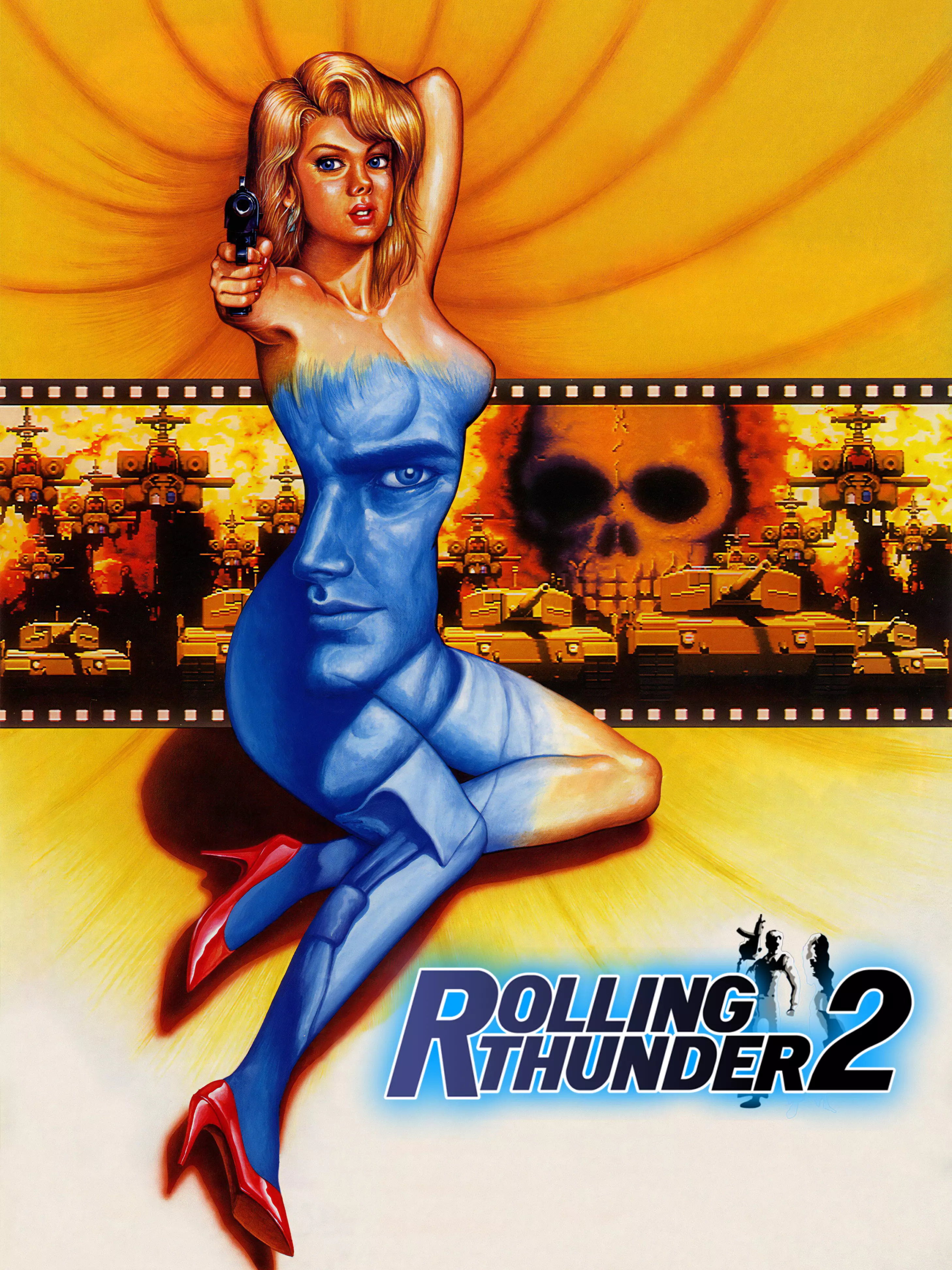
Rolling Thunder 2A terrorist group has taken out the world information flow and, as either a guy named Albert Ross or a woman named Leila, you must stop them. You can also get cool weapons that pack more of a punch than your ordinary hand gun.
Also RT2 is a password supported game, so in other words you get a password at the end of each round so if you loss all your lives, you can continue from the end of that round, very handy.Action

TetrisThe second version of Tetris was programmed by Vadim Gerasimov and Dmitry Pavlovsky for the IBM PC, which was more modern the Elektronika 60 computer for which the original version was programmed.
The new version added a score board and colors for the tetriminoes.
Like the first version, this version also wasn't meant for commercial release.

Master of the LampsMaster of the Lamps is one of the first music video games. It was inspired by tales compiled in One Thousand and One Nights.
Gameplay alternates between two modes. In the first, the prince maneuvers a flying carpet through a winding tunnel to a genie's den. In practice, this requires the player to direct the carpet over diamond-shaped gates as they appear; failure to do so returns the prince to the beginning of the tunnelAction Fantasy
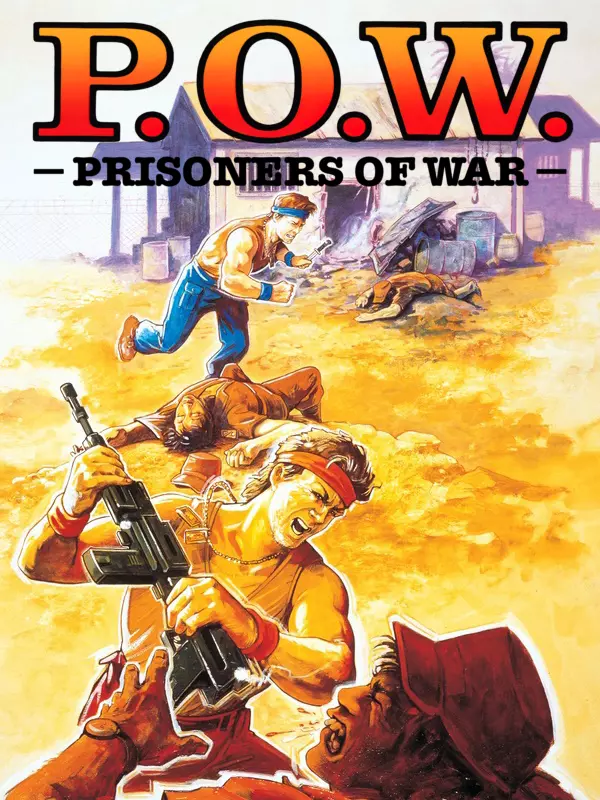
P.O.W.: Prisoners of WarThe arcade version of Prisoners of War can be played by up to two players simultaneously, In La Havana, Cuba Player 1 controls a prisoner dressed in blue named Snake, while Player 2 controls one in red named Bart. The objective is to escape from the enemy's base by fighting their way through four stages filled with numerous soldiers trying to impede the player's escape. The stages consist of a POW camp, a warehouse, a jungle, and the enemy's base. Enemies includes foot soldiers, commandos, and green berets.
The controls consists of an eight-way joystick for moving the character and three action buttons for punching, kicking, and jumping. here are also three special attacks performed by pressing two buttons in combination: a jump kick (jump, and then kick), a back punch (jump and punch simultaneously), and a headbutt (punch and kick simultaneously).
The player can also pick up one of two weapons dropped by defeated enemies: a throwing knife and a machine gun. When wielding the machine gun, the player can fire it by pressing the kick button or conserve its ammo by pressing the punch button to gun whip enemies.Action Warfare
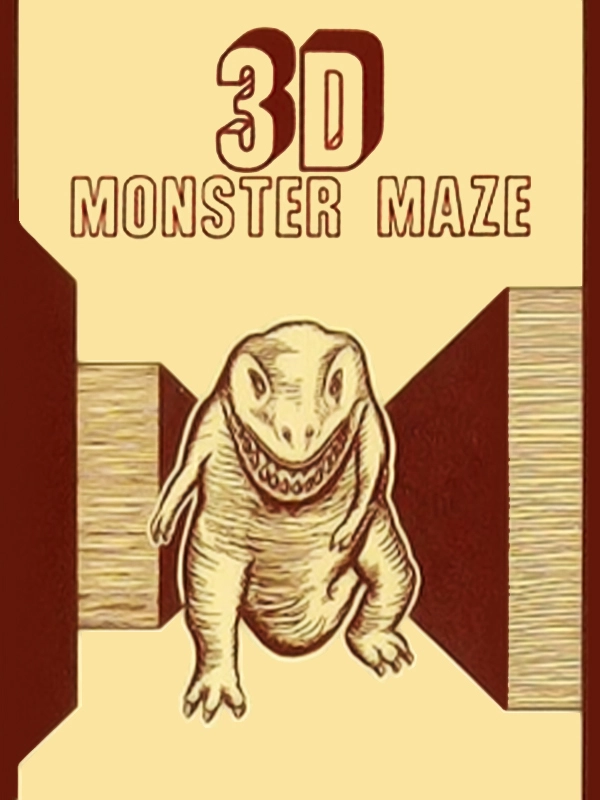
3D Monster Maze3D Monster Maze is a computer game developed from an idea by J.K.Greye and programmed by Malcolm Evans in 1981 for the Sinclair ZX81 platform with the 16 KB memory expansion. The game was initially released by J. K. Greye Software in early 1982 and re-released later the same year by Evans' own startup, New Generation Software. Rendered using low-resolution character block "graphics", it was one of the first 3D games for a home computer, and the first game incorporating typical elements of the genre that would later be termed survival horror.
3D Monster Maze puts the player in a maze with one exit and a hostile monster, the Tyrannosaurus rex. There, the player must traverse the maze, from the first-person perspective, and escape through the exit without being eaten.Action Horror
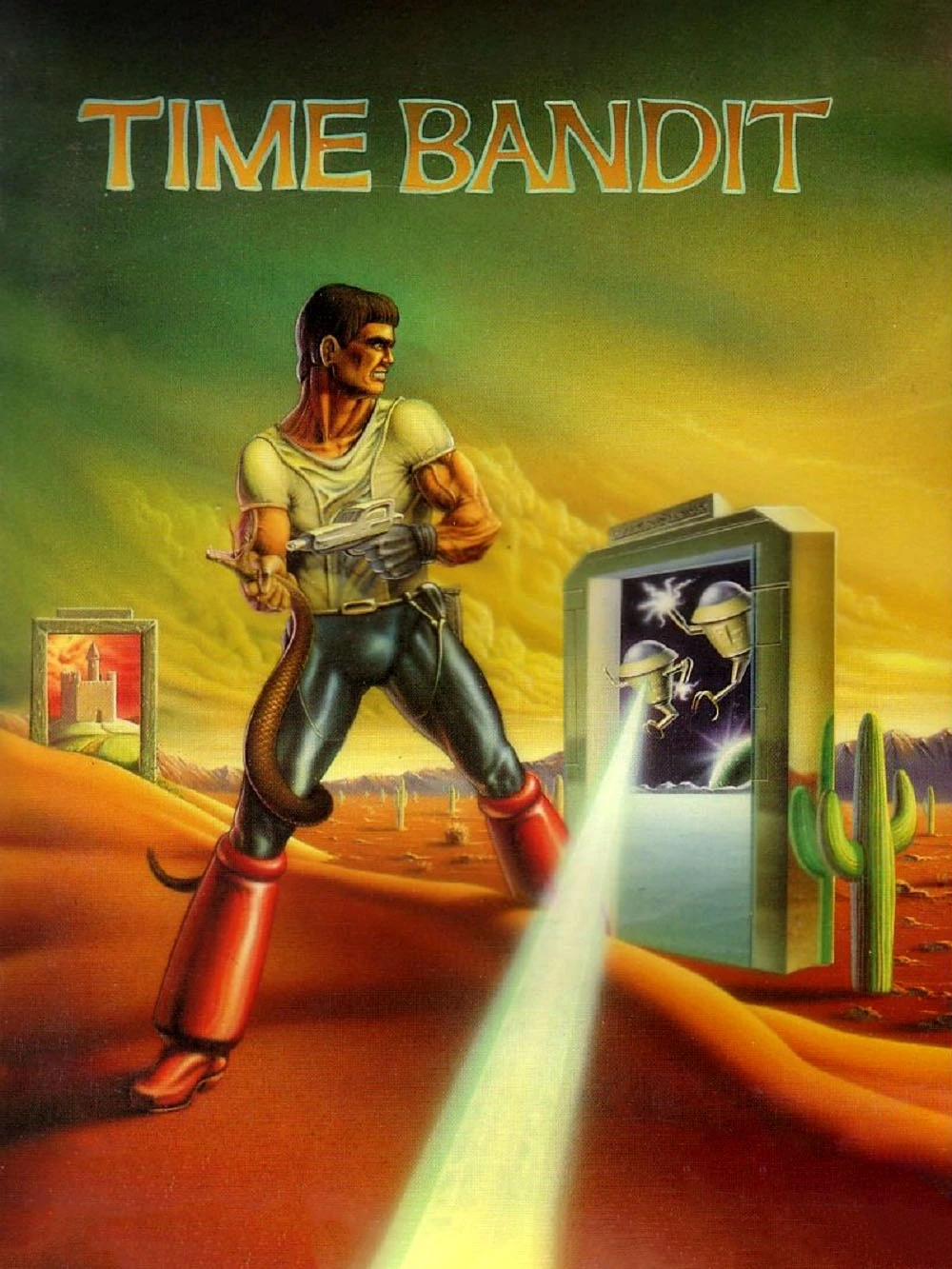
Time BanditAction Fantasy Historical Science fiction
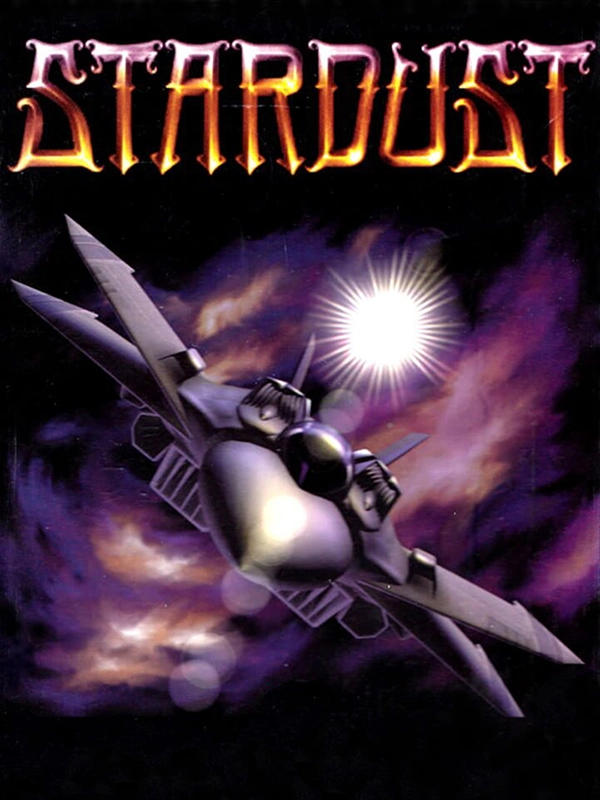
StardustThis is where it all began – way back in 1993 with the original Stardust, a legendary shoot-em-up for the Amiga 500 (an Atari STE version followed in ‘94) that wowed critics and gamers alike.
Stardust dazzled with its tight controls, solid gameplay and stunning technical achievements like ray-traced graphics, full-screen animations & 3D hyperspace tunnel sequences.
Players controlled an upgradeable starship equipped with various weapons, missiles and shields. The playfield “wrapped”, so if anything went off-screen it reappeared on the opposite side.
Stardust featured five different worlds (all connected by 3D hyperspace tunnels) and 30 action-packed levels full of asteroids, enemies, and bosses bent on destruction.
At game’s end, the evil mutant penguin Professor Schaumund made his first-ever appearance (and subsequent escape), meaning he could (and did) return to wreak cosmic havoc in future Stardust titles!Action Science fiction
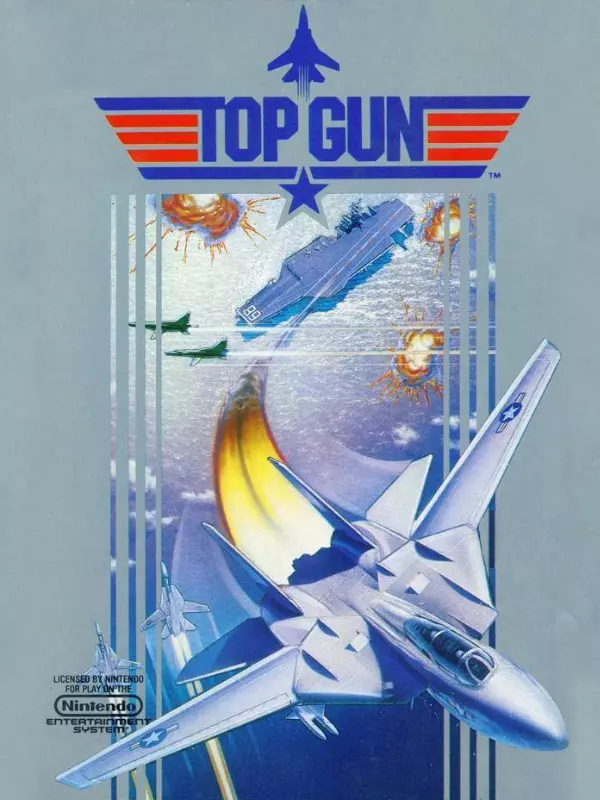
Top GunTop Gun was released in 1987 for the PC, Commodore 64, ZX Spectrum and Nintendo Entertainment System (NES) (with an equivalent version for Nintendo Vs. Series arcade cabinets). The Commodore and Spectrum versions were developed by Ocean while Thunder Mountain handled the PC version of the game. Konami developed the Nintendo version. The NES version was released on November 1987 in North America, December 11, 1987 in Japan and on November 30, 1988 in Europe and Australia. According to Game Over by David Sheff, the NES version sold over 2 million copies.
Many of the people who've played the NES version have complained about the difficulty, and lack of action in the game.
The NES version had a sequel called Top Gun: The Second Mission.Action

